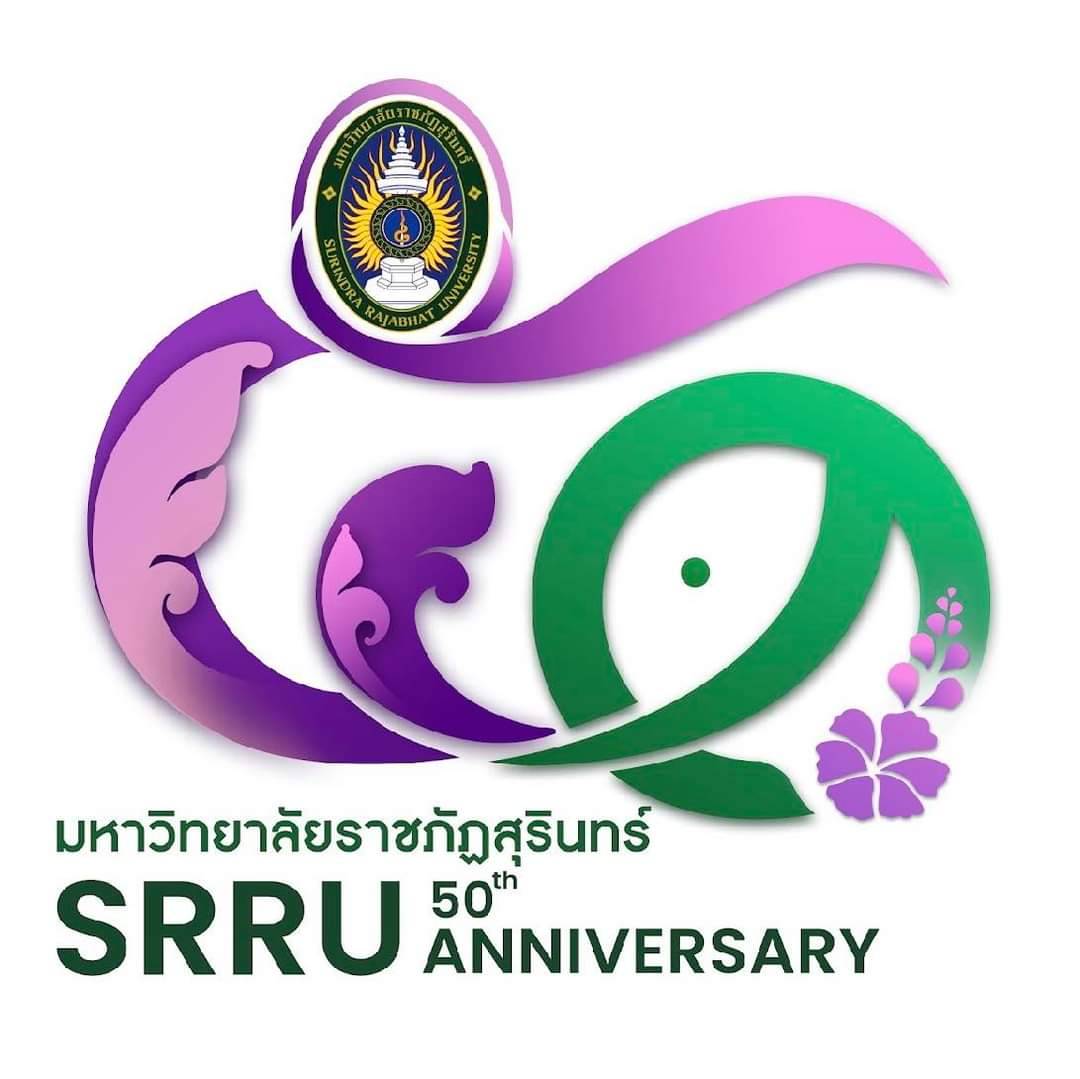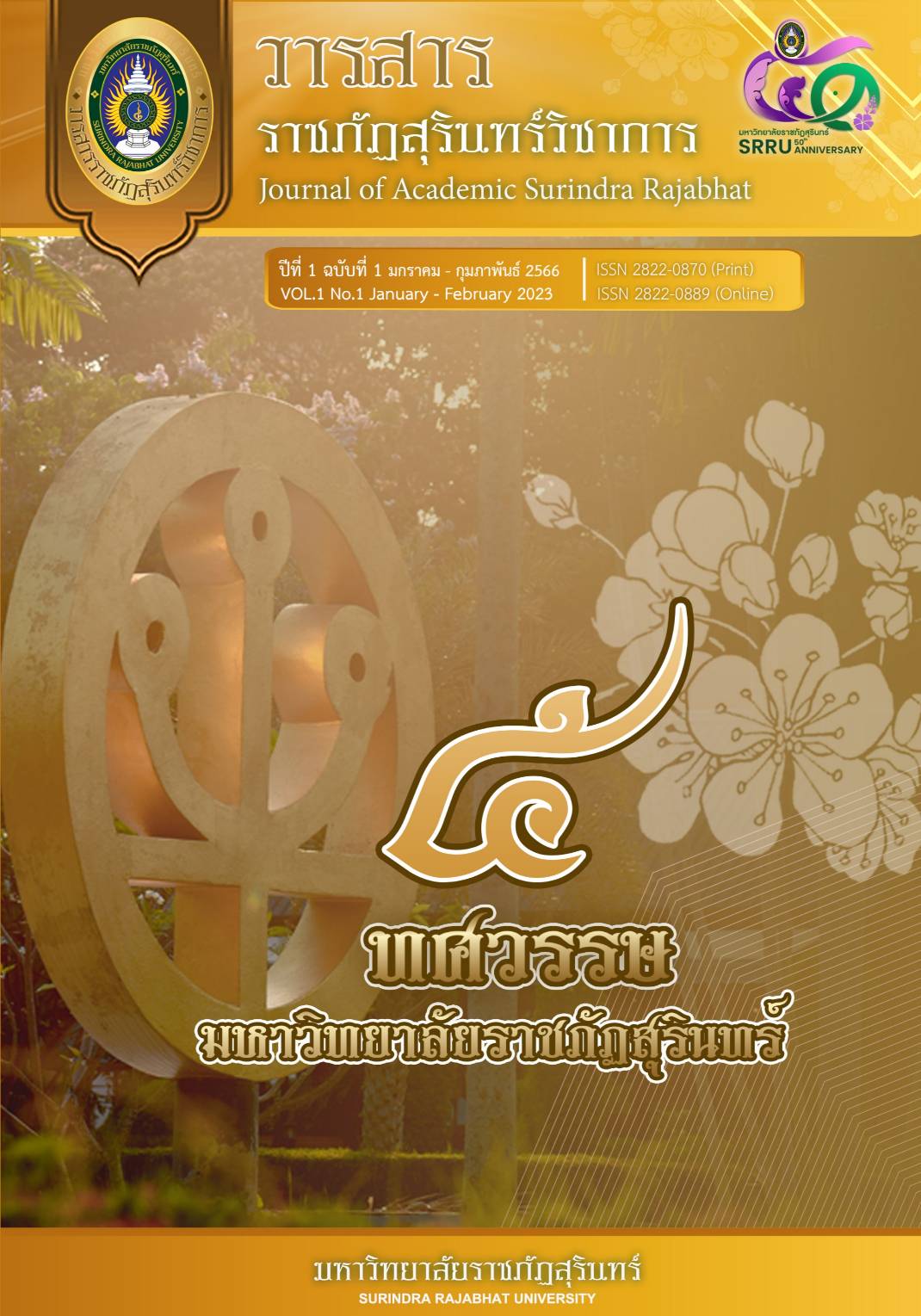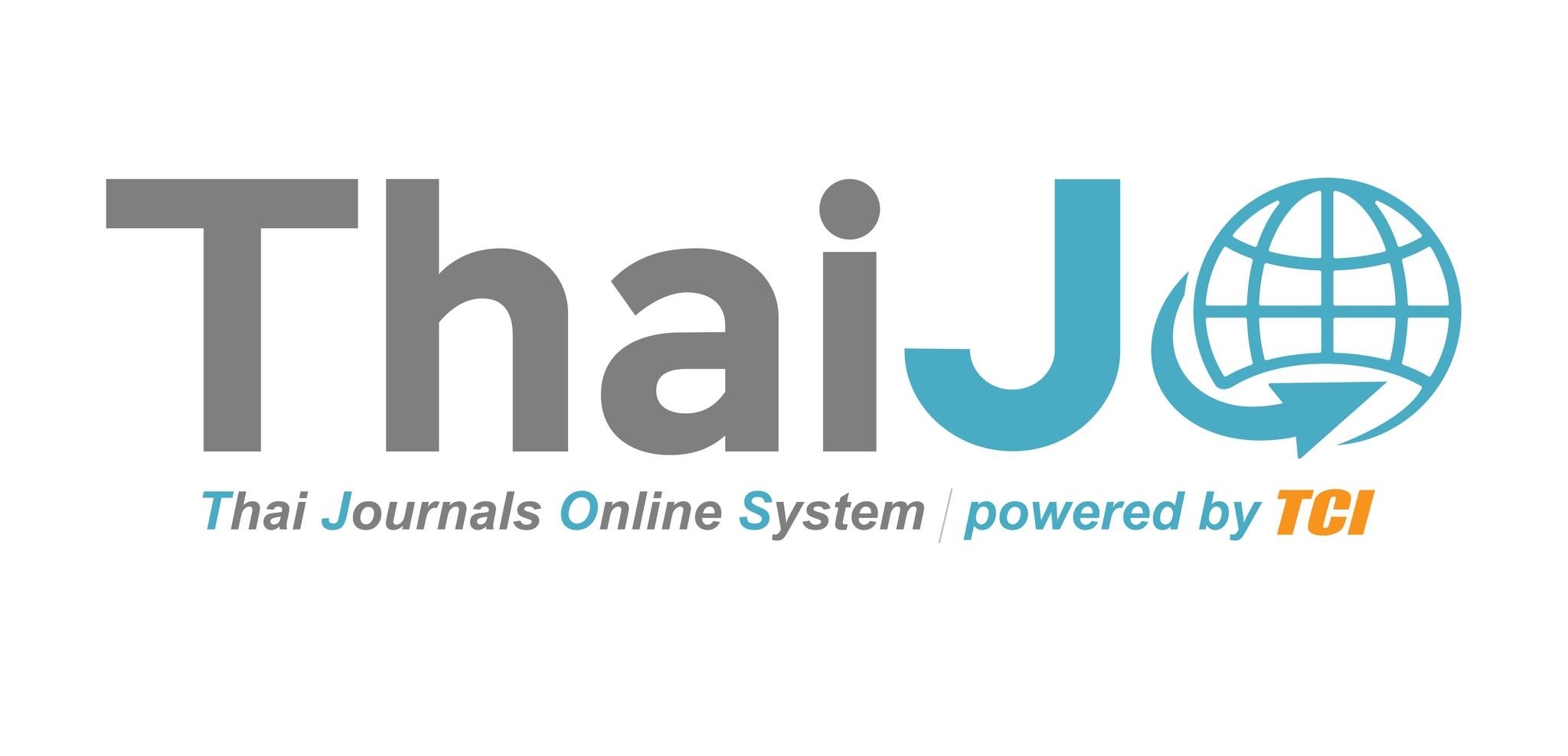Community Innovation and Sustainable Development Community Action: A Neglected Site of Innovation
DOI:
https://doi.org/10.14456/jasrru.2025.5คำสำคัญ:
Technology, Hybrid Learning, Sustainable Community Developmentบทคัดย่อ
Creating innovations in sustainable learning is caused by changes in the world society wherewith technology is a driving force for humanity to find and create innovations to adapt to live in to survive. This article aims; to Study the learning method that combines the implementation of community development activities with the creation of innovation in neglected areas.
The results of the study found that Hybrid Learning of the people in the area being neglected, having the skills, knowledge, and the ability to access the use of technology to create themselves from learning from home, Community, and Learning center can increase the capacity of the community to adapt Through the conditions of Hybrid Learning resulting in new behaviors from innovation especially technology as the power of response linking and obtaining innovative new forms in a specific area that is virtually visible and accessible to the environment, results in learning all the time.
Suggestions Hybrid learning can capacity for community development by implementing community development activities and creating innovations in every area. Maybe to use developed knowledge at all levels available in every area. that is the foundation’s resource development for people in the nation to have the ability self-reliant from accessing information through integrated learning, using technology to create innovation as a driver in community activities to create learn all the time. People have opportunities and new continually with the changes of the world leading to community citizens for future who can learn anywhere, anytime, for long life to learn sustainability.
Downloads
เอกสารอ้างอิง
Bloom, B.S. et al. (1956). Taxonomy of educational objectives: Cognitive and affective Domains. New York: David Mckay.
Faculty Innovation Center of The University of Texas at Austin. (2020). Hybrid Learning and Teaching. Retrieved 18 June 2020 from https://facultyinnovate.utexas.edu/hybrid
Graham, C.R. (2012). Introduction to Blended Learning. Retrieved 2017, December 10, from http://www.publicationshare.com/c1-Charles-Graham-BYU--Definitions-ofBlended.pdf/ (In Thai)
Kowit Phuangngam. (2010). Community and local self-management. Bangkok: Bop hit Publishing.
Pavlov, I. P. (1928). Lectures on Conditioned Reflexes. New York: International Publishers.
Royal Academy. (2003). Word of the Department of the Royal Thai Embassy, 1999. Bangkok: Nancee Public Books.
Sanders, Irwin T. (1958). Theories of Community Development in Rural Sociology, 23 (March)
Sumalee Chaicharoen. (2014). Teaching Design, Principles, Theory into Practice. First Edition Khon Kaen: Branch Educational technology. Faculty of Education. Khon Kaen University.
Thorndike, R. M. (1978). Correlation Procedures for Research. New York: Gardner Press.
Thissana Khamanee. (2008). Teaching Science. Bangkok: Chulalongkorn University Press.
Wichai Wongyai and Marut Pattaphol. (2019). Coaching to develop student potential. Bangkok :Charan sanitising printing.
ดาวน์โหลด
เผยแพร่แล้ว
รูปแบบการอ้างอิง
ฉบับ
ประเภทบทความ
หมวดหมู่
สัญญาอนุญาต
ลิขสิทธิ์ (c) 2025 วารสารราชภัฏสุรินทร์วิชาการ

อนุญาตภายใต้เงื่อนไข Creative Commons Attribution-NonCommercial-NoDerivatives 4.0 International License.












